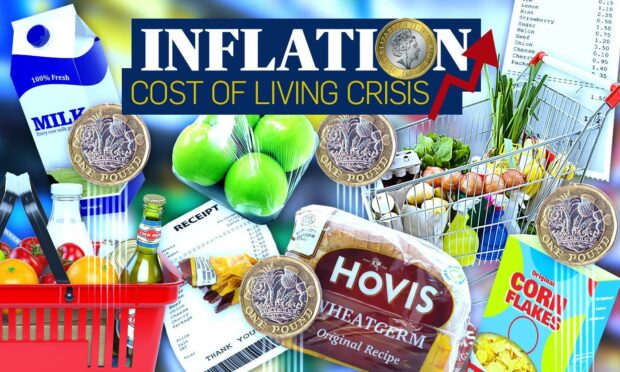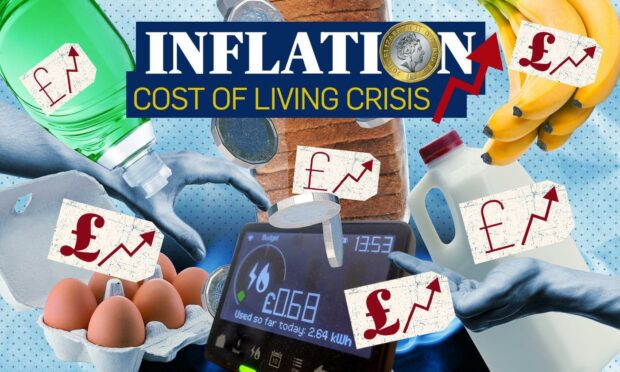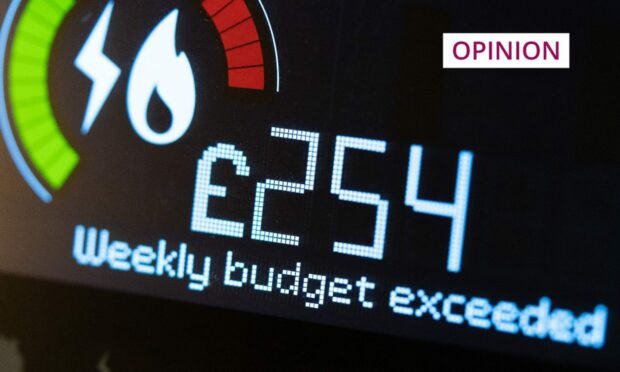How much are food prices rising?
It’s a question more of us are asking as the cost of living crisis really starts to bite.
But while headlines scream the latest inflation figures, the numbers can sometimes feel detached from the reality of the weekly shop. Frankly, the official figures seem to bear no relation to the prices we’re paying.
To try to gauge the actual effect on real people I have been examining my own family’s shopping receipts from over the last year.
We’re a family of six — with young twins at home and two older daughters who occasionally come back to raid the cupboards.
Online shopping has given us a week-by-week record of prices and allowed us to see where prices are rising fastest.
And the figures are scary. Forget the headline inflation rate of 5.5% — I’ve found the prices of some everyday products have risen by as much as 65%.

Rising food prices: the overall figures
I found a receipt from January 2021 and searched for the same products from the same supermarket a year later. If I couldn’t find direct comparisons, I removed the products from the list.
That gave me a shopping list of 40 items. I found:
- More than half (22) had risen in price
- 14 items had stayed the same
- 4 were cheaper a year later
Overall, the cost of our shop rose 11% — from £65.69 to £73.20.
What’s rising the fastest?
The most obvious area is dairy. With pre-schoolers at home we go through milk at a frightening rate and it was probably a surprise to see a standard four-litre carton was only up by 6%.
It’s other dairy products where we’d already felt prices were rocketing, and this study confirms it. Chocolate-flavoured milk is up 9% and is one treat we’ve already stopped buying as regularly.
But other things are not so easy to drop. We use a lot of grated mozzarella in meals and in snacks for the children so the 20% rise there is one we’ll have to stomach for now.
And then there’s butter. Tubs seem to only last a few days in our house and with the price of Lurpak up by an eye-watering 36% (£4.30 to £5.85) we’re feeling it. We’ve tried cheaper brands but have yet to find a substitute we like — and cheaper brands are also rising in price anyway. So this is a luxury we’re holding on to for now.
What other food prices are rising?
Prices of other chilled goods are also heating up. The cost of our favourite apple juice is up 65% year-on-year and we’re much more likely to buy long-life store brand versions now. And don’t expect to be offered coleslaw on your sandwich if you come to our house for lunch. We like it, but not enough to justify a 52% rise in price in a year.
Come to think of it, don’t expect to be offered a sandwich at all. White bread (+11%) and brown bread (+18%) are both up by much more than the inflation rate and with cereals also up by as much as 36% year-on-year even filling up with the basics is getting much more expensive.
What’s not rising in price?
So far, it looks like prices of loose fruit and veg are reasonably stable with tomatoes, broccoli and lettuce all costing the same a year later. We even saw bananas and lemons fall slightly in price in this snapshot study.
Toiletries and cleaning products were also more or less the same price, but that might not last much longer with one of the biggest producers, Unilever, already warning of severe inflationary pressures this year.
How can you save money?
The cost of living increase is real and doing the work yourself looks like the most effective way to fight rising food prices.
Labour and energy costs kick in any time raw ingredients are processed in any way — salad is up 17% year-on-year, with items such as tomato ketchup (+7%) and carrot cake (+22%) also on the march.
That suggests buying simple ingredients and preparing simple home-cooked meals remains the best option for keeping a lid on overall costs.
But it’s clear the best we can do is limit, rather than avoid, rising prices.

















